Category: Uncategorized
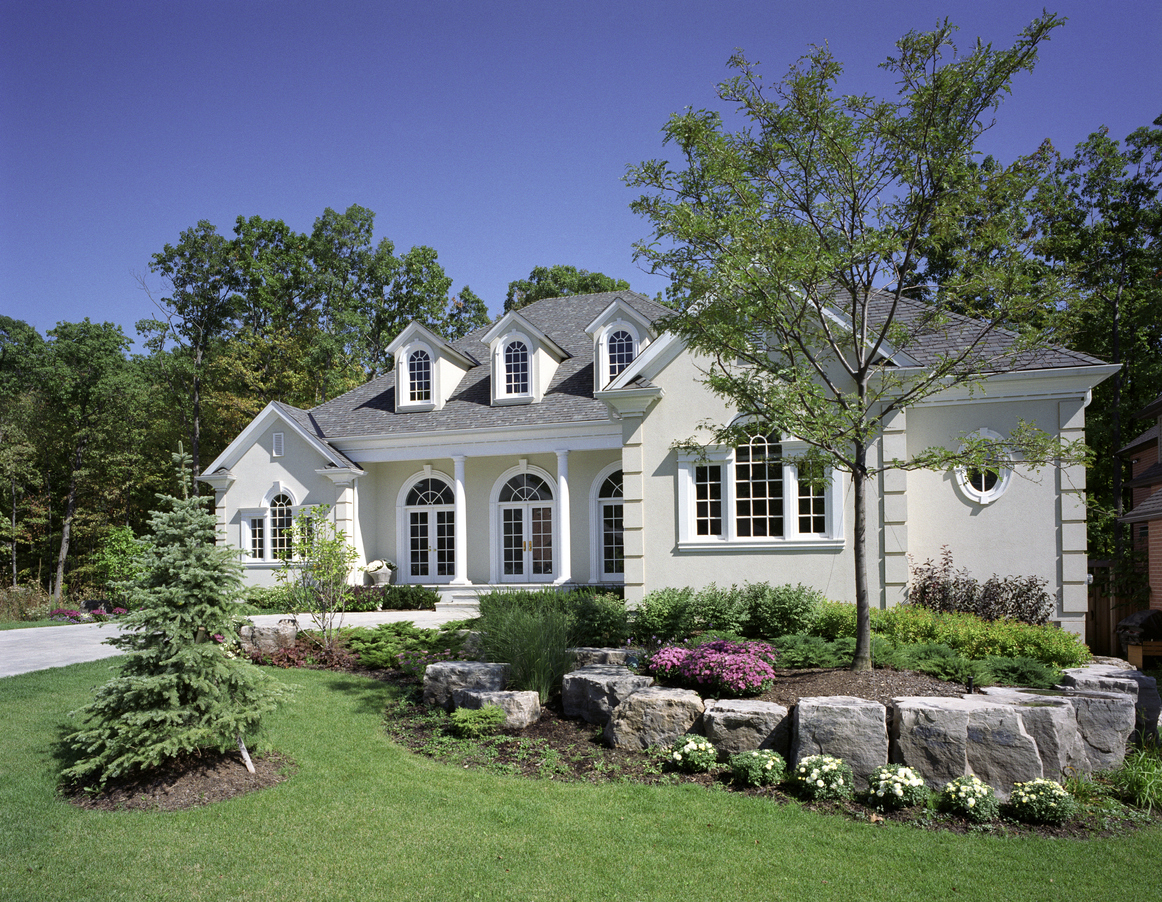
Long-Range Planning
January 22, 2021Keeping a landscape healthy and appealing is important. Most properties have a wide variety of trees, shrubs and turf areas that all need to be maintained in different ways at different times of the year. Proper timing and scheduling make logistic and economic sense. Pruning, planting, and seeding are all more effective when performed in the appropriate season.
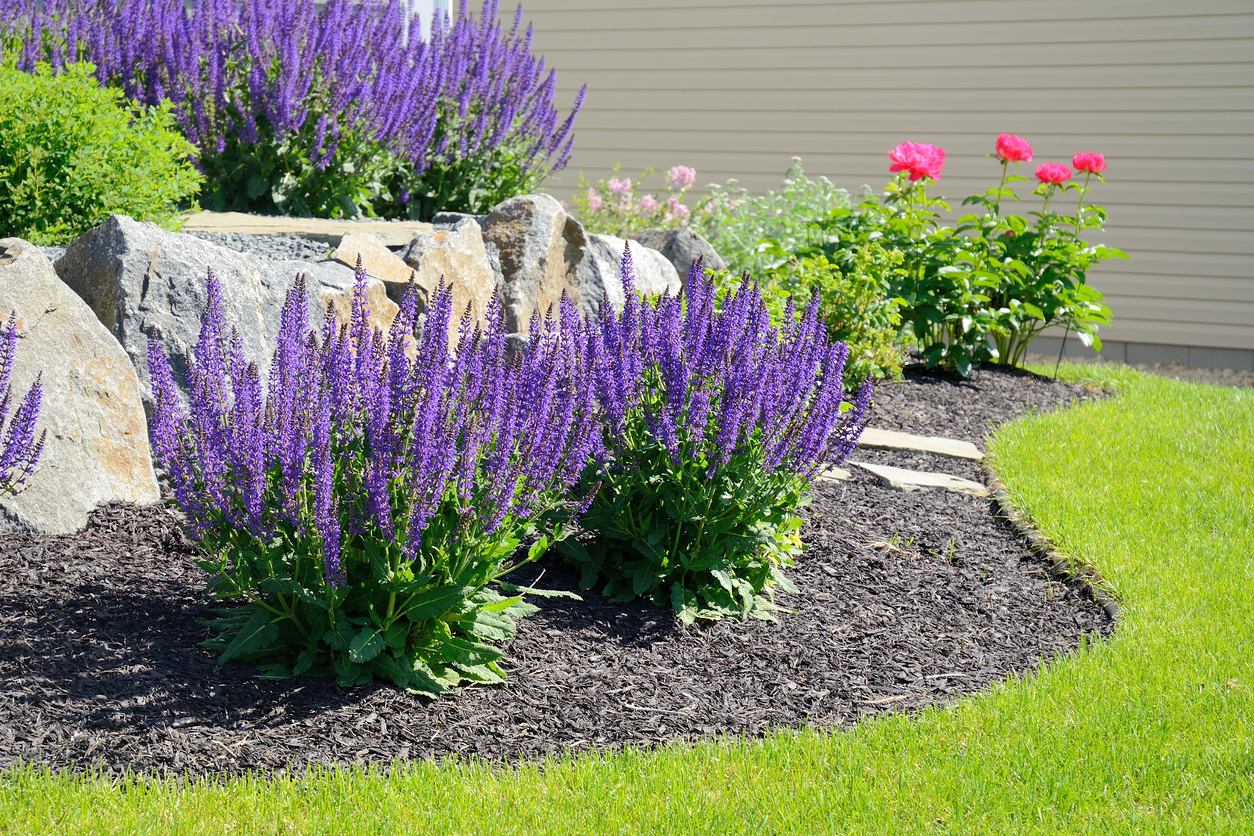
In addition to a seasonal maintenance schedule, it’s helpful to adopt a long-range plan that goes beyond the calendar year. Bed installation, turf area development, and tree installation or removal are all major improvements that benefit greatly from deliberate planning. When timed correctly, new improvements will complement existing landscape elements. By mixing old and new landscape elements, you avoid the need to overhaul entire areas all at once.
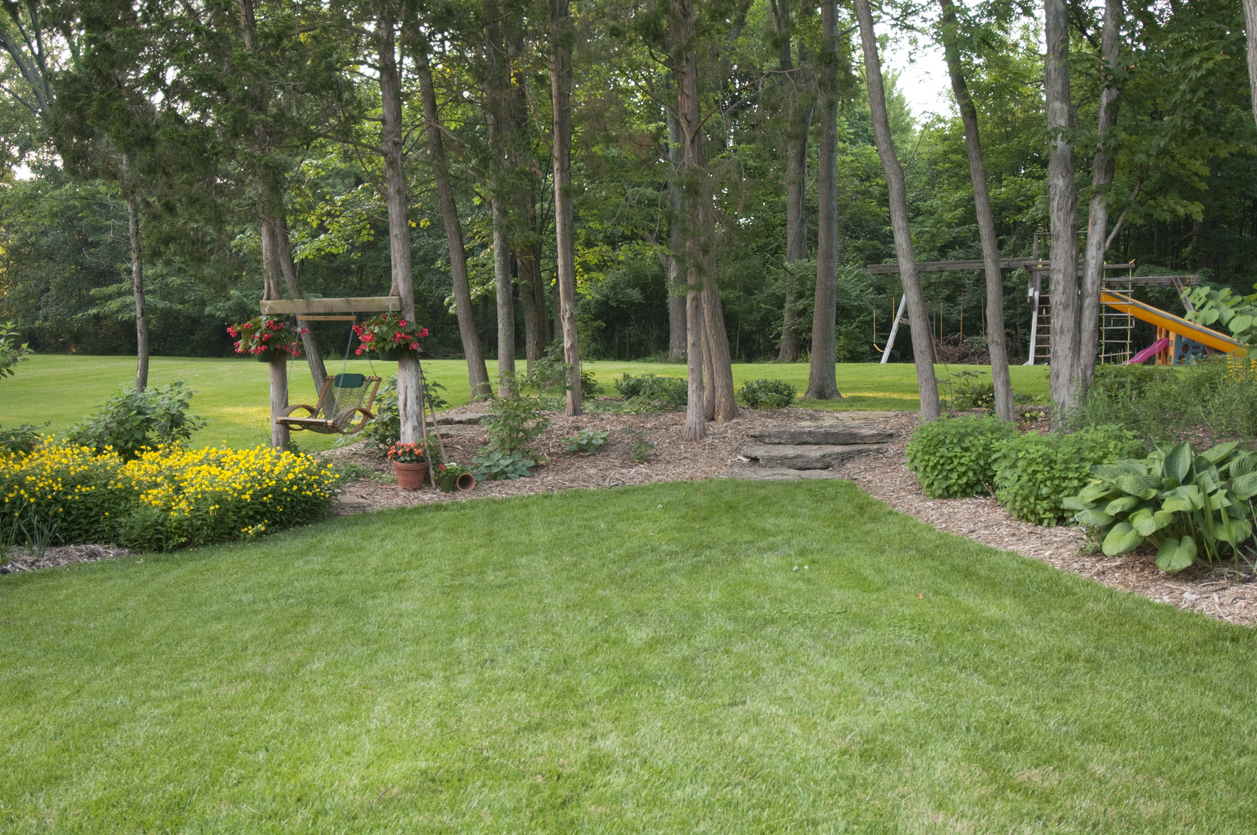
In addition to avoiding a disruption to your property, long-range planning also allows you to schedule new additions at ideal times in terms of plant health and viability. For example, trees planted in the fall will be well established by the spring. An extended plan also allows you to schedule new projects in a way that fits your budget.
For maintenance and landscape upgrades, a long-range plan allows you to maximize the return on your investment while limiting disruption to your property.
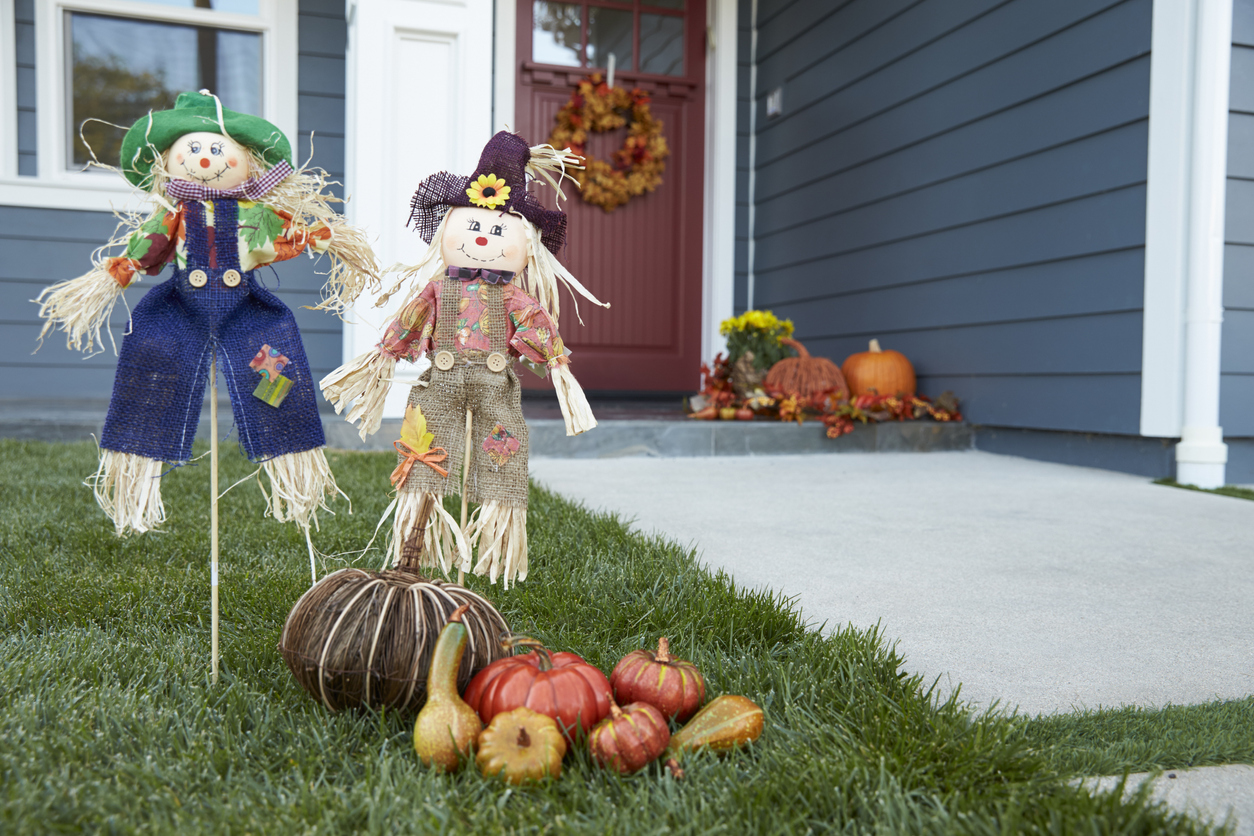
Thank You!
November 18, 2020During this holiday season, we want to sincerely express our thanks to you for choosing us. We know that this has been a different and challenging year. We appreciate the chance you have given us to make your green spaces a little nicer. We know that our industry is full of many companies, and we are honored that you’ve chosen us. We simply would not exist if not for our loyal customers.
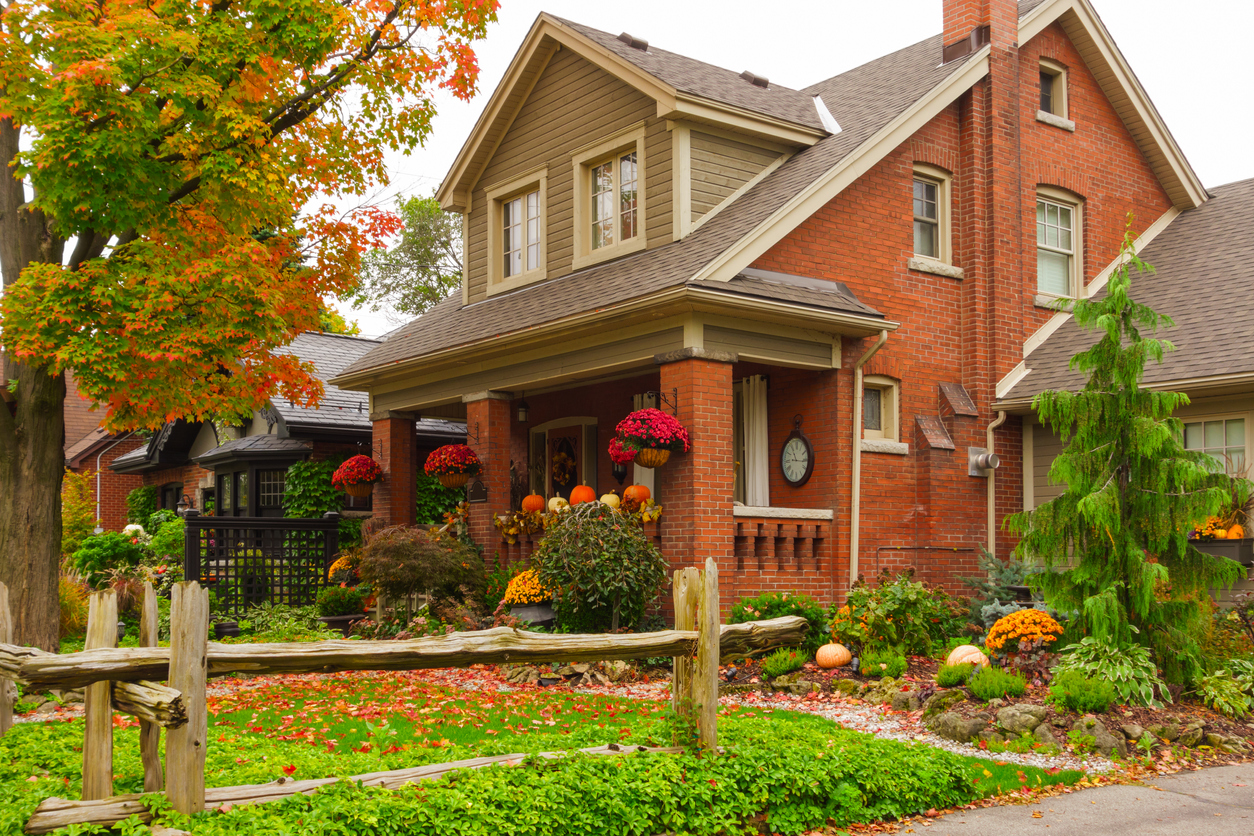
We truly enjoy creating and maintaining beautiful outdoor spaces for our customers, and we take a personal interest in each property entrusted to us, from the most expansive areas to the tiniest. Quality is our ultimate goal, and we will do whatever is necessary to make your property look its best. Our first and foremost goal is satisfying you, so please let us know if we can do better. We’ll keep trying harder, and we hope you’ll keep coming back. Together, we can make your outdoor spaces look better every year.

As we look forward to next year, we’re always trying to improve the way we do things. We appreciate any input that you might have, so please feel free to call anytime if you have questions or suggestions. We will be busy in the off-season, training and getting ready to make next year a great year for your property. Have a happy holiday season and a great winter!
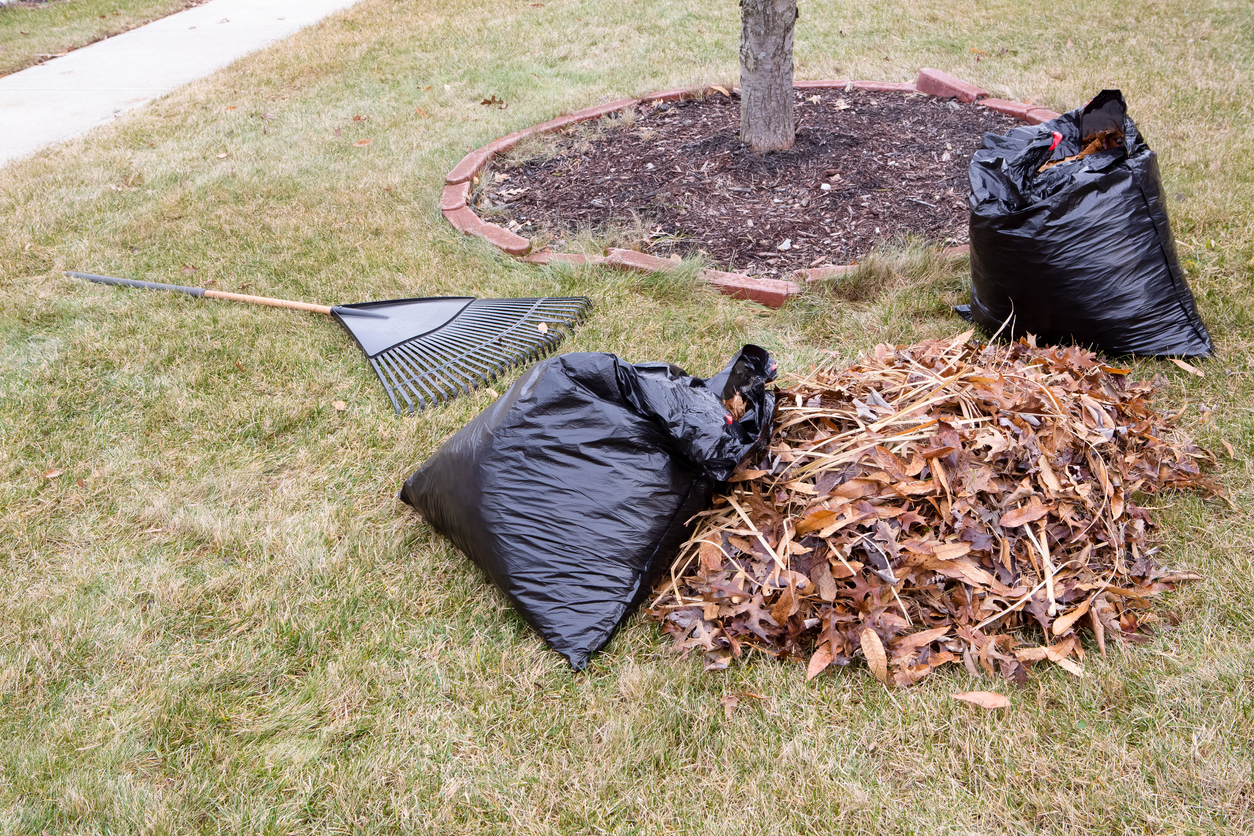
Time For Fall Cleanups
October 22, 2020Fall weather can be finicky. Days go from mild and sunny to cold and gray literally overnight. Once the weather turns, the notion of yard work becomes less attractive. In spite of that, it pays to give your yard a thorough fall cleanup before winter sets in.
For most homeowners, the biggest cleanup task at this time of year is leaf removal. Layers of leaves left to lie can damage grass by blocking needed sunlight, weakening your turf. If left on the ground through the winter, fallen leaves can also render your lawn more susceptible to winter damage.
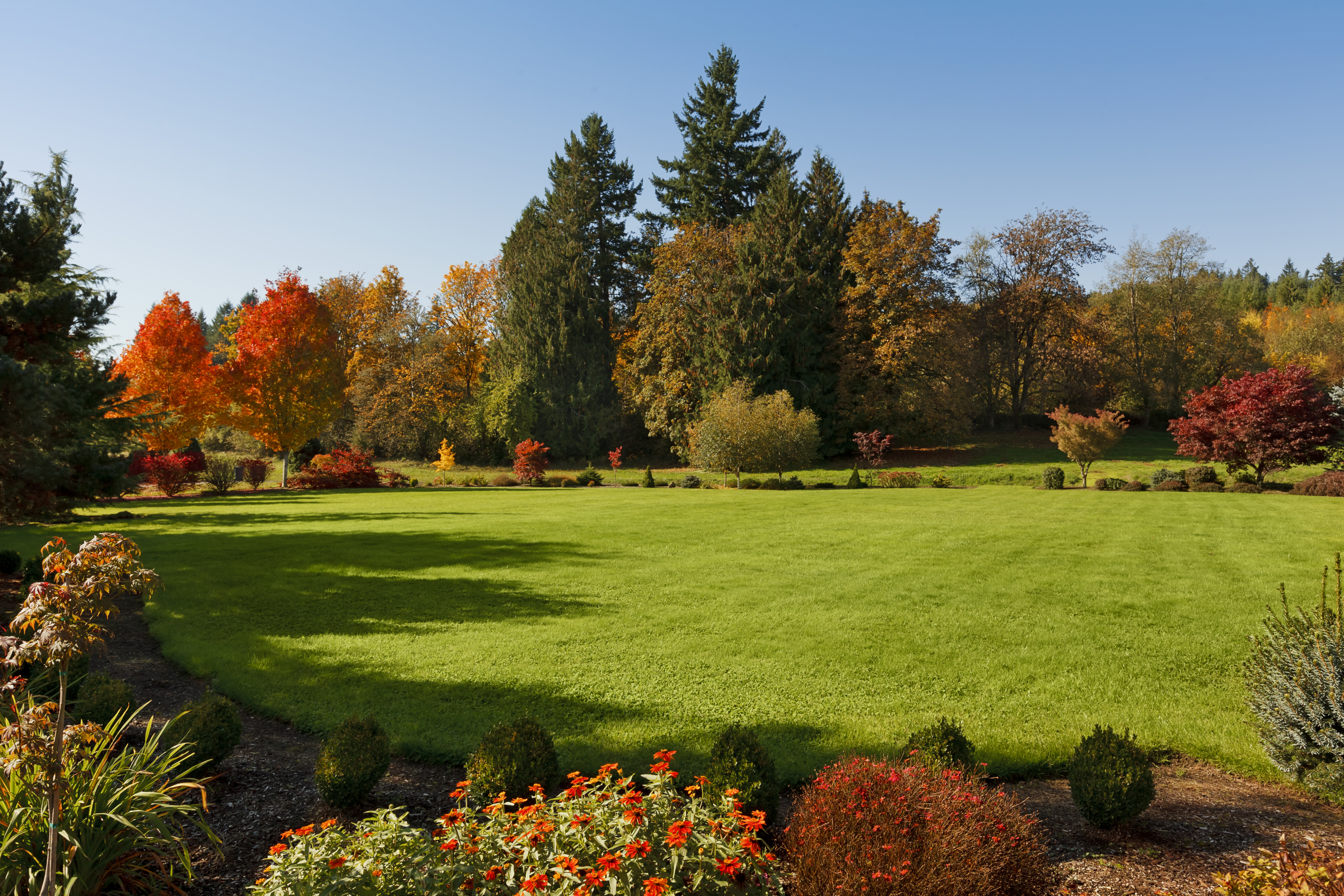
Cutting back perennials and removing dead or dying branches from trees and shrubs are also fall cleanup steps that will help prepare both for go-time in the spring. Plant beds also tend to collect dead leaves, debris, and trash over the fall. These messes only get worse over the course of the winter. By the time the warm, wet spring rolls around, you’ll find yourself with mucky beds full of slime. In addition to being unsightly, unkempt plant beds are also breeding grounds for pests and fungus.
Whether handling it yourself or leaving it to professionals, a thorough fall cleanup is an important step in closing the book on the year.
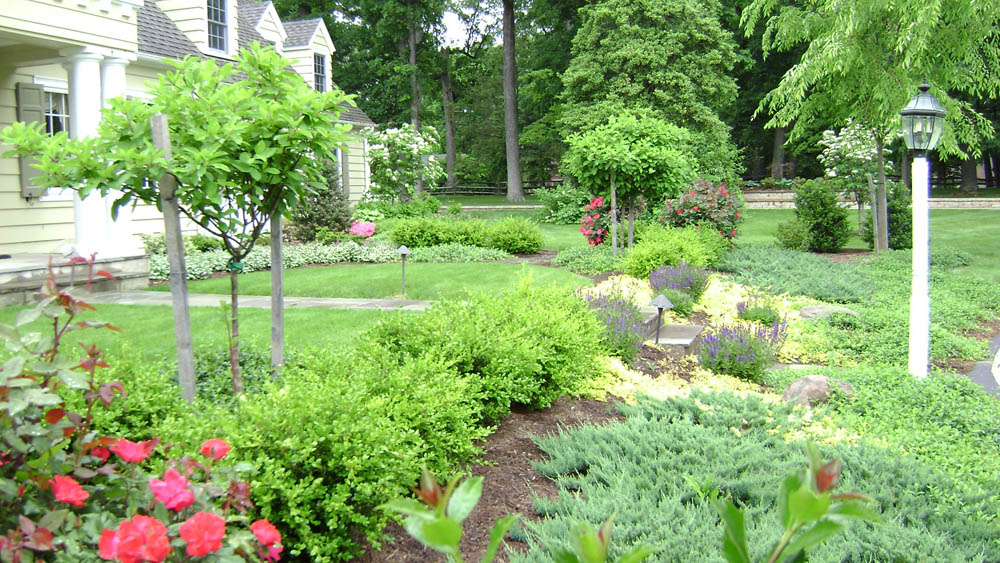
Fall Is The Time To Plant
October 15, 2020Living landscaping such as shrubs and trees is a big investment in your home. If executed with care and
forethought, these landscape elements can mature into prominent aspects of your property that can be
enjoyed for years and even decades.
Plants have an ideal life cycle, and proper timing goes a long way. Planting in the fall gives new trees
and shrubs the best chance for long-term health and vitality. For multiple reasons, fall is the best time to plant.
Autumn is also the easiest time to plant physically. During these months, moderate rainfall typically
means the soil is neither muddy from heavy rain nor hard as a rock due to drought. Practically
speaking, the digging process is straightforward and not too difficult.
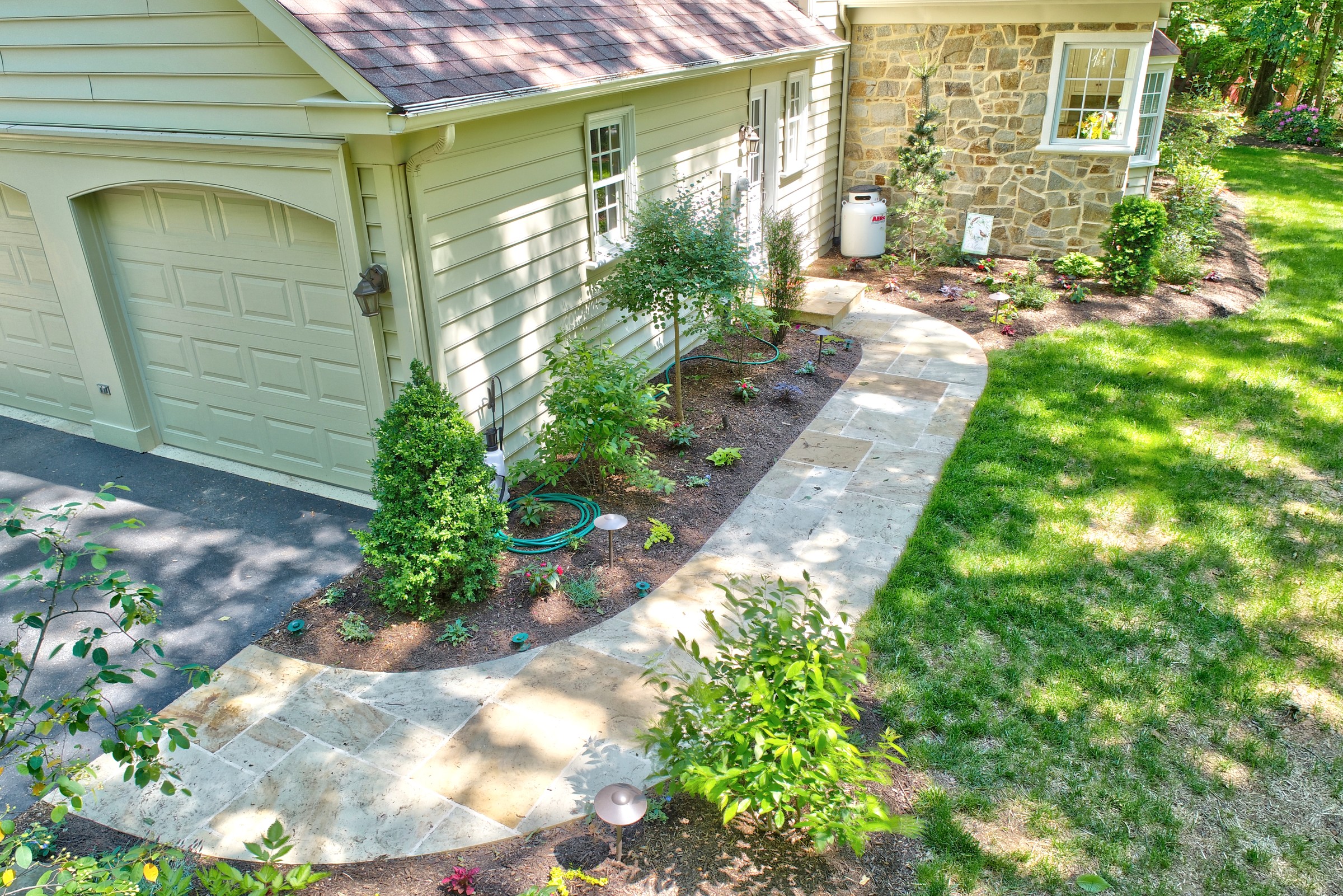
The key to getting the most out of your landscape investment is setting your new plants up for success.
The cooler temperatures of autumn allow new root systems to develop and establish themselves in
advance of winter. A robust and extensive root system makes your new trees and shrubs well equipped
for winter dormancy. This means a forceful spring emergence, with plentiful spectacular blooms.
Living landscaping can shape your property for years to come. While spring planting may seem like the
most logical timing, fall planting is actually better. If your landscape could use some improvements,
don’t hesitate. Fall plantings set the stage for a beautiful, healthy spring landscape.
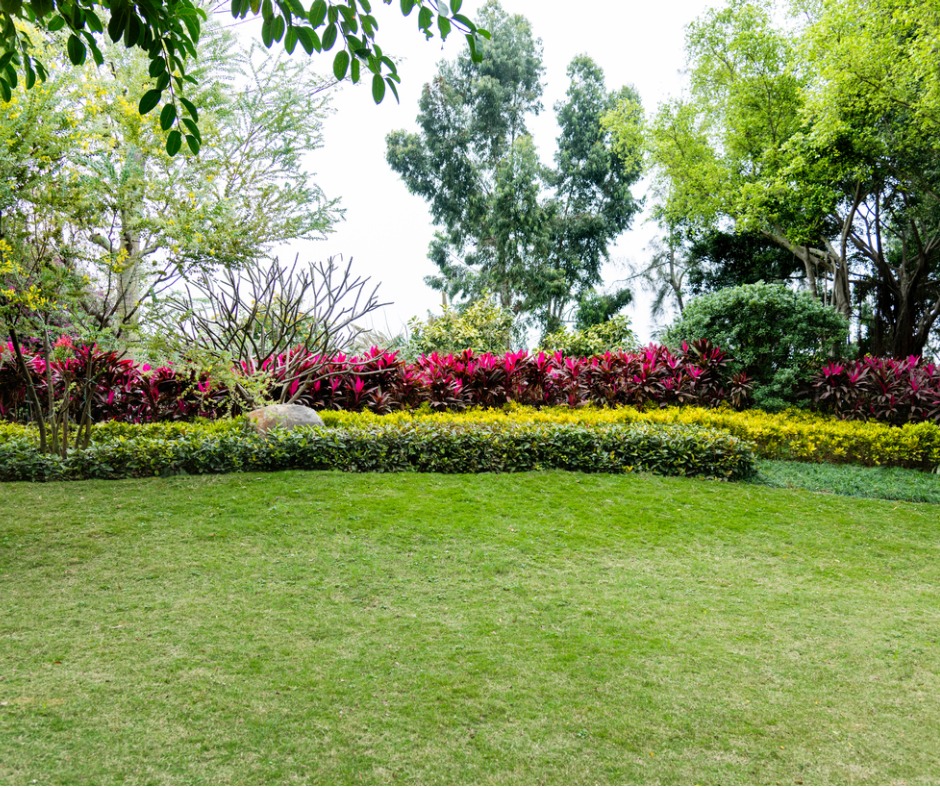
Variety for Your Landscape
August 13, 2020Aesthetically speaking, contrasting colors, textures, and sounds complement each other in a harmonic way that is pleasing to the senses. As the saying goes, “Variety is the spice of life.”
When it comes to floral displays, color selection should be a deliberate decision, not a rushed or random process. Turf, evergreens, and shrubs and deciduous trees that are not in bloom create a very green landscape. Injecting some bright, primary-colored flowers into the area creates a colorful balance. By mixing things up within a flower bed, you can create another level of variety.
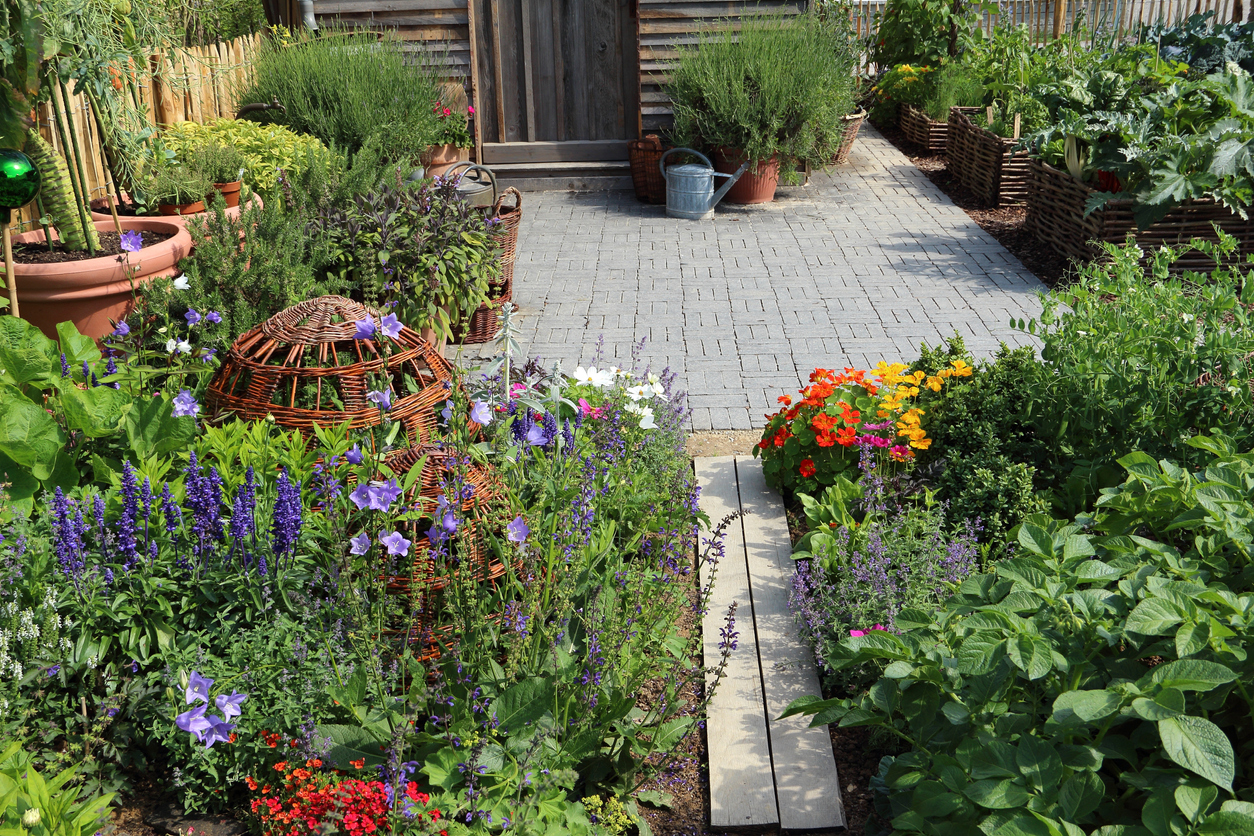
A comprehensive landscape design that incorporates native perennials throughout provides a constantly blooming landscape that is always in transition. Most native perennials will slowly spread in the landscape, naturally adding to its fullness over time.
Combining varied sizes and textures can also add richness to your living landscape. For example, snapdragons and daisies have very different shapes. When placed together, they encourage eye movement, making for an appealing visual display. The same effect can be created by juxtaposing tall, bushy ornamental grasses with shrubs that grow low to the ground.
The possibilities for variety in your landscaping are endless. Whether you’re planning a long-term renovation or simply deciding which annuals to plant this season, never be afraid to mix things up!

Best Practices: Fertilization and Watering
July 10, 2020Proper watering and fertilization are key to maintaining herbaceous living landscaping such as turf, flowers and grasses. Although this may be a routine that you’re well accustomed to, it’s always helpful to be reminded of the best way to handle these tasks.
Every living plant needs a certain level of irrigation. Trees and shrubs need roughly an inch of water every week, whether it comes from rain or your garden hose. The ideal amount can double during intense dry spells. When you water trees and shrubs, it’s important to focus on the roots, not the leaf zones.
A slow-drip soaker hose placed around the base of the plant works best. As opposed to sprinklers which spread water over a large turf area, soaker hoses deliver a slow and steady trickle of water to a precise area. This efficient method allows water to be thoroughly absorbed into the soil and delivered to the roots.
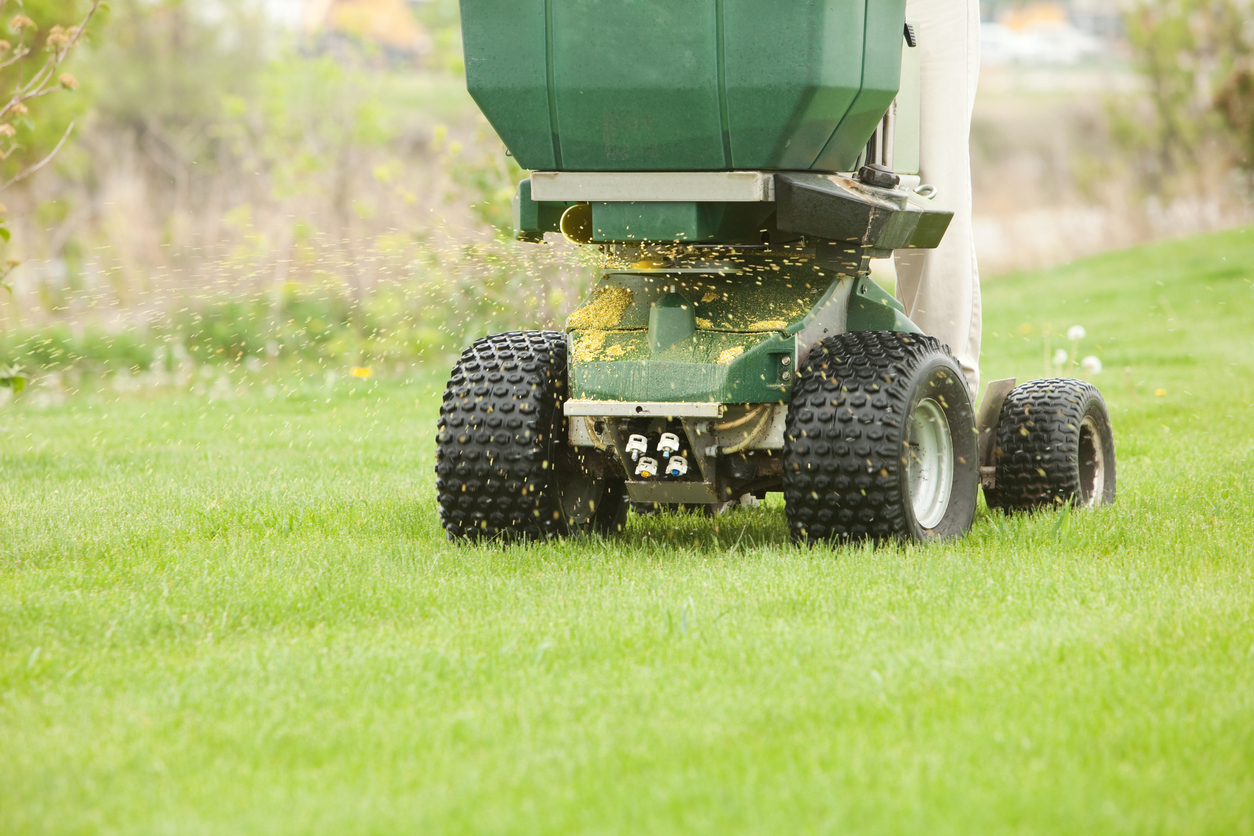
When it comes to fertilization, trees’ and shrubs’ specific needs depend largely on location. Trees and shrubs that are planted in the middle of a fertilized lawn receive plenty of residual fertilization from being in close proximity to well-fed turf. If they’re located in plant beds, trees and shrubs can benefit from periodic applications of slow-release fertilizer. This efficient fertilizer gives trees and shrubs a steady flow of nutrients and is less likely to be lost to runoff or leaching deep into the soil.
Trees and shrubs are sturdy and resilient, but they still need attention. Adequate watering and fertilization will help keep these larger plants happy and healthy for years to come. If you have questions or concerns about the best course of action, don’t hesitate to consult a professional.
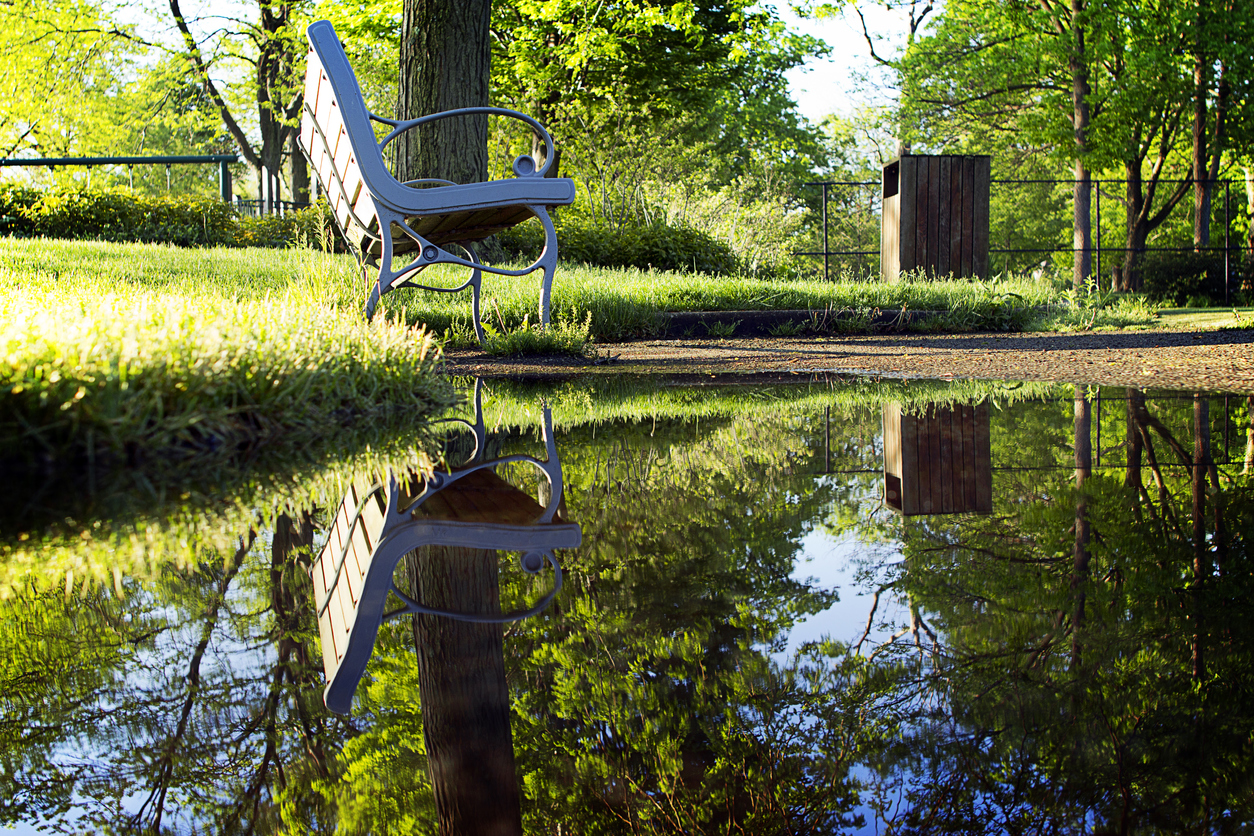
Flood and Drought Woes
June 5, 2020Water is a necessary ingredient for all organic life. Turfgrass requires regular watering to thrive, especially during the warm months. There can be too much of a good thing, however. With extreme weather patterns, turf can receive too much water, and other times, not enough.
As summer intensifies, periods of drought with very little rain are common. The telltale sign of drought stress is brownish grass that becomes brittle. Depressions from footprints may fail to “bounce back” when turf is walked on. A brown, crunchy lawn can certainly be discouraging. The good news is that drought effects typically look worse than they actually are.
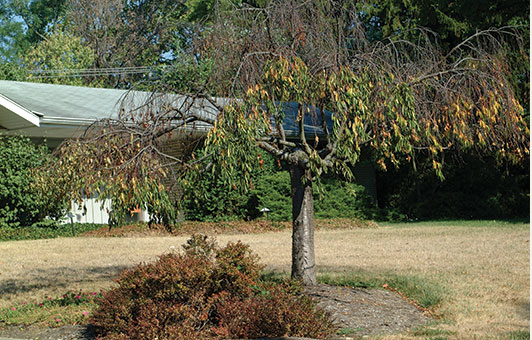
When faced with very limited water, turf often goes into dormancy. When grass turns brown and stops growing, it’s a defensive reaction that turf uses to preserve all of its available resources. Once water becomes more available, it will green up quickly. If extremely dry conditions send your lawn into dormancy, remember that this is most often a temporary condition.
On the other end of the spectrum, extended periods of rain can leave turf areas flooded. Heavy rains cut off turf’s access to oxygen which it needs to live. The good news is that if even some of the grass blades are still in contact with air, the turf will have access to oxygen. If turf is totally flooded, the main factor that dictates survival is temperature. Turf that is flooded during cooler weather has a much better chance for survival than lawn areas that are submerged during warmer weather.
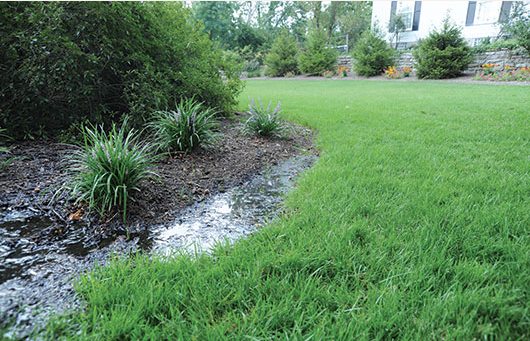
Along with damage to the turf plants themselves, wet conditions can increase the likelihood of fungal disease and insects. If a moving waterway, such as a river or stream, was the source of flooding, significant silt may have been deposited. In many cases, this can be raked away once dry, while extreme cases often require reseeding. Whatever the severity, aeration will encourage root growth, and overseeding will thicken up any damaged areas.
Turf areas are bound to experience periods of too much or too little water. While these can seem devastating, turfgrass is a resilient plant. Most of the time, flooding and drought can be addressed, and your turf areas will be thriving before you know it.
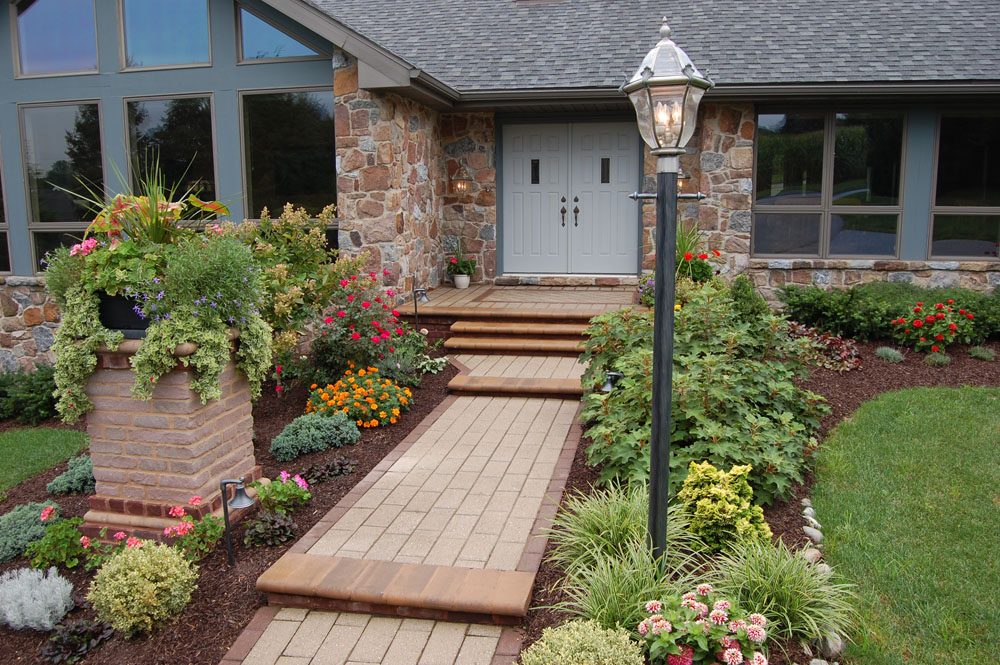
A Grand Entrance
May 13, 2020Your entryway is the first thing visitors notice when they come to your house. A well-developed entryway can make a dramatic initial impression. From the street, your front door immediately draws the eye and can be a major asset in terms of curb appeal.
When highlighting your entryway, even small additions can go a long way. Plant beds or shrubs on either side of your front door can totally redefine the space. Symmetrical landscaping nicely frames the front door.
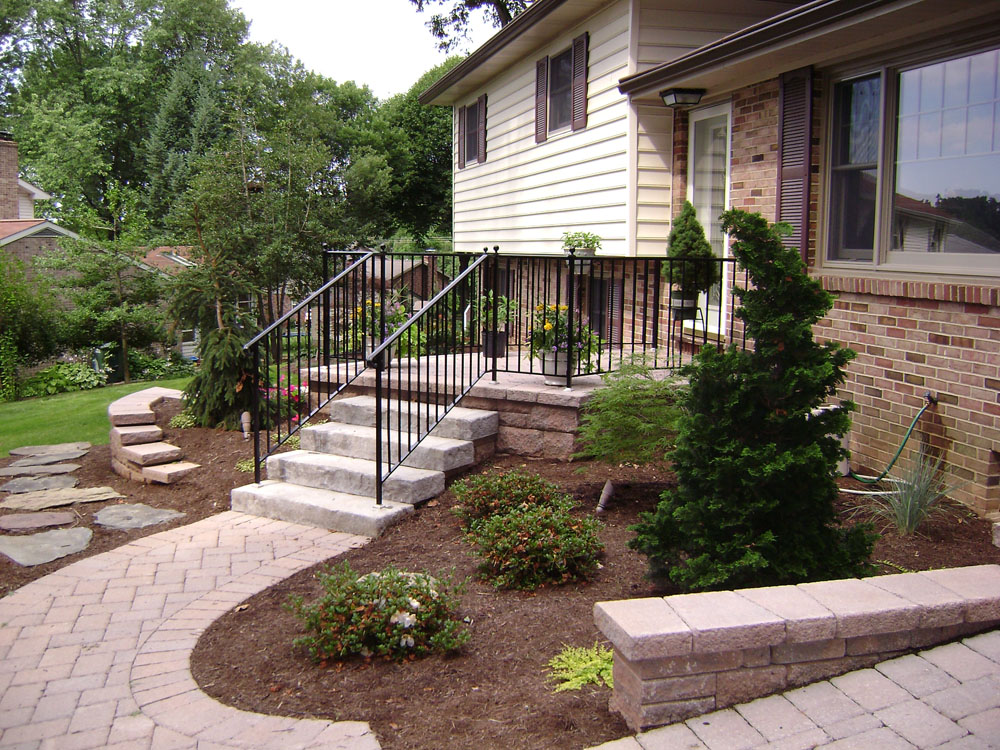
If there is not adequate space for plantings near your entry, flanking your front door with large pots or planter boxes can create a dramatic effect. Filling twin pots with flowers and plants of different colors, textures, and sizes creates a sense of variation within a defined area. These displays can be updated from season to season. Heat-loving sweet potato vines and petunias work well in the summer, mums contribute vibrant color in the fall, and holiday decorations liven up the winter months.
Your entryway also gives you an opportunity to share a bit of your own personality. Witty or whimsical door plaques, small statuaries, or even a flag of your favorite team can all welcome visitors and communicate something unique about your interests or personality.
Your front door is your home’s centerpiece and a focal point for drawing attention. It is a great opportunity to showcase your sense of style. Make your entryway a key element and not an afterthought!
Spring Cleaning
April 10, 2020With spring in full swing, your grass is growing, flowers are blooming, and your yard is teeming with life. A thorough spring cleanup is a great way to kick off the new year and make way for new growth.
Lawn and garden debris accumulates over the colder months and creates obstacles to emerging perennials. Clearing your beds before new blooms have sprouted is much easier than trying to do it while protecting young, delicate annuals.
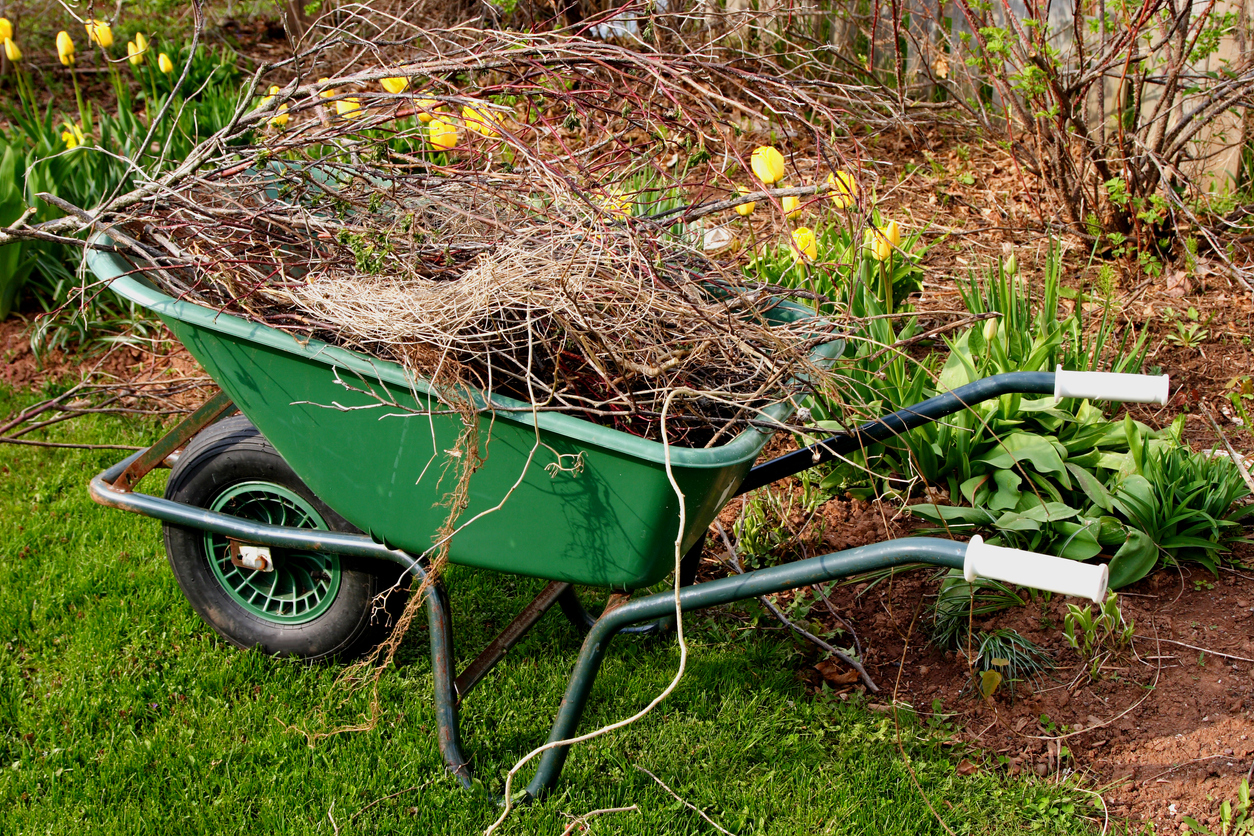
Now is a good time to prune away any dead, dying, or damaged limbs or branches. Before leaves and buds have fully filled in, it’s easy to identify which branches need to go. Pruning early also helps your trees and shrubs focus new growth toward the healthy parts of the plant, resulting in robust development.
Lawn equipment works best and lasts longest if it’s well maintained. Now is the time to make sure your mower blades are sharpened and that any other lawn equipment is in good working order.
Spring is an exciting time of year that’s full of new life and promise. Thorough cleanup and lawn prep are key to making the most of the new growing season.

COVID-19 Policies and Procedures Updated (5/25/2021)
March 23, 2020As the information about and response to COVID-19 evolves, we continue to review and update measures to ensure the health and safety of our staff and our clients.
Here are current policies and procedures for our staff:
- Requiring masks to be “on your person” during work hours and “on your face” when required by CDC and state guidelines
- Regular communication and training updates to reinforce health and safety measures
- Training on “personal network management” to minimize potential exposure outside of work
- Providing information and resources from the CDC and local health authorities
- Any staff member who has reason to believe they have been exposed to or is showing symptoms of the coronavirus that causes COVID-19 is required to stay home
- Staggered crew start times to minimize congregation at office/shop location
- Increased cleaning and disinfection of all vehicles, equipment
- Increased cleaning and disinfection of common shop and office areas
- Office/sales staff working remotely when possible
- Internal meetings held using MS Teams videoconferencing
- Zoom Meetings available for external videoconferencing
We are fortunate to already utilize a robust cloud-based infrastructure to operate our business, including Aspire Software, Microsoft OneDrive, Verizon VoIP office phones and Microsoft Teams. Because of this foresight, our office and sales staff continue to work remotely and uninterrupted.
Our decision to operate is reviewed daily by our leadership team, using the following key metrics as our guide:
- The Greater Good– can we continue to operate in a safe and morally acceptable way?
- Employee Sentiment– is our staff fully engaged in executing our COVID SOPs (see above). Do they want to work? Are they comfortable working in the current environment?
- Client Sentiment– do our clients want us to continue to provide our services at their properties?
- Business Position– does it make sound business sense to continue operations
It is important to remember that we are not a traditional office or retail setting, allowing us to create and reliably enforce sensible procedures to protect our colleagues and clients. We have always considered ourselves fortunate to work outdoors, though perhaps never more so.
As information about COVID-19 continues to evolve, our leadership is committed to doing what is right, including offering on-site vaccination clinics and regularly updated COVID information to our staff and their immediate families.
For now, we will continue to provide you with regular updates regarding our operations and we welcome any inquires that you may have. Office 717-292-5696 Email info@hivelylandscapes.com
Please visit our Facebook page for real-time updates, and pictures of beautiful landscapes.
Sincerely,
Ted Ventre
General Manager